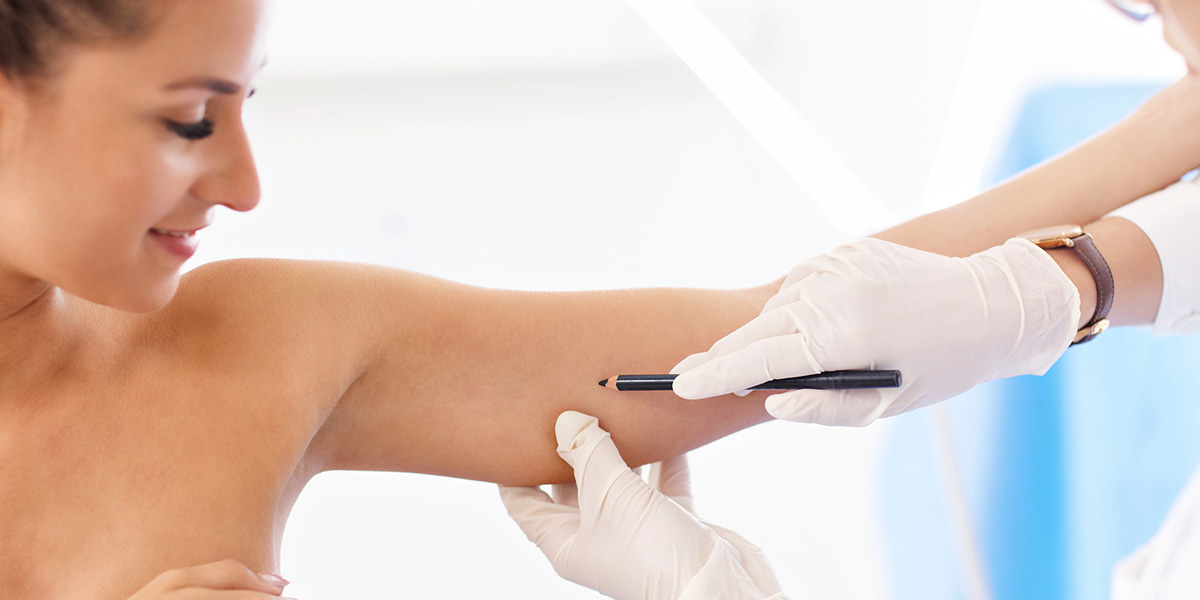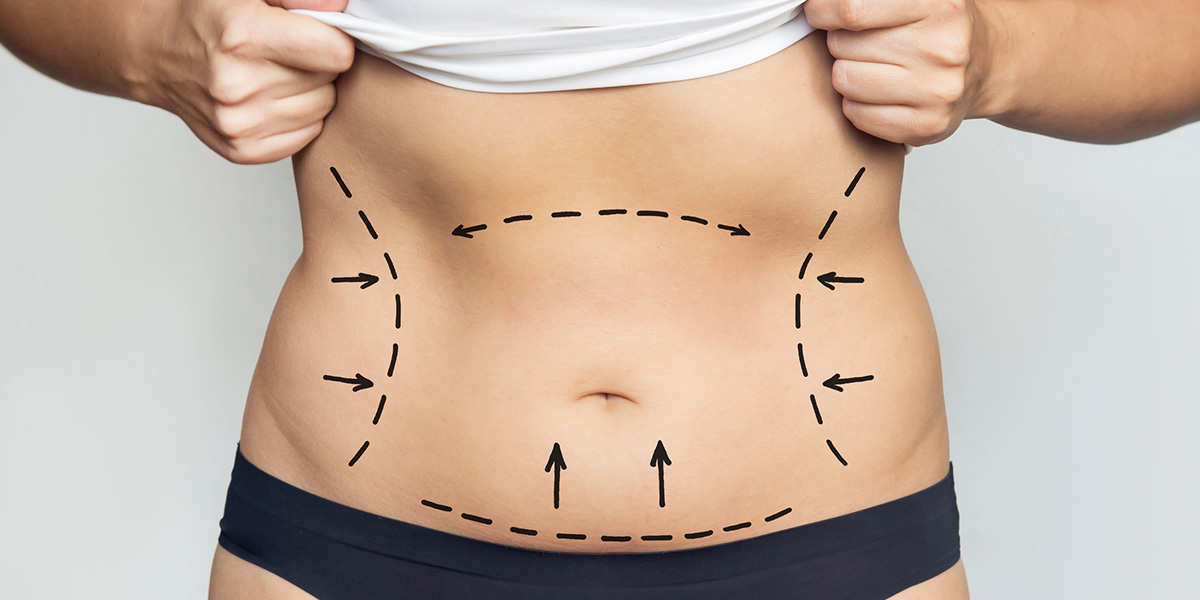Lipomas are non-cancerous growths of fatty tissue that can develop under the skin. While most lipomas are not harmful, they can sometimes become uncomfortable or unsightly, prompting individuals to seek removal. If you’ve recently undergone lipoma removal surgery in NYC, you may have questions about the recovery process.
Understanding what to expect during lipoma removal recovery can help you manage your healing process effectively and avoid complications. This guide will provide you with the details on what happens during recovery and how you can take steps to ensure a smooth healing journey.
What Is Lipoma Removal Surgery?
Before diving into the recovery process, it’s important to understand what happens during lipoma removal surgery. The procedure typically involves making an incision in the skin over the lipoma, which is then carefully removed. In some cases, liposuction may be used to remove the fatty tissue with a smaller incision.
Depending on the size and location of the lipoma, the surgery can be performed in-office under local anesthesia or in a more controlled environment such as an operating room.
Lipoma Removal Recovery Process
The lipoma removal recovery process varies depending on several factors, including the size of the lipoma, the method used for removal, and your overall health. While recovery is generally straightforward, it’s important to follow your surgeon’s instructions to minimize risks and promote healing.
Immediate Aftercare
Right after your lipoma removal surgery, you will be given instructions for caring for the incision site. The area will be bandaged, and you will likely be asked to keep it clean and dry. If local anesthesia was used, you may experience some numbness around the incision area for a few hours after the procedure.
You will be able to return home on the day of the surgery. Some people may feel a bit groggy or disoriented from the anesthesia, so it is a good idea to have someone drive you home. It’s important to refrain from any strenuous activities or heavy lifting for a few days.
Pain Management
While lipoma removal is generally not a painful procedure, some discomfort might be present following the anesthesia wearing off. The area may feel sore, and mild to moderate pain can occur as your body heals.
Your doctor may prescribe pain medications to help manage this discomfort or recommend over-the-counter pain relief medications such as ibuprofen. Most pain will subside within a few days.
Swelling and Bruising
Swelling and bruising around the incision site are common after lipoma removal surgery. These symptoms typically peak within the first 48 hours after the procedure and gradually improve over the following week.
Applying cold compresses to the area can help reduce swelling and alleviate discomfort. In some cases, mild swelling may persist for a few weeks, but it should eventually resolve as the body heals.
How Long Does Lipoma Removal Recovery Take?
One of the most common questions patients have is, “How long does lipoma removal recovery take?” The recovery time can vary based on several factors, such as the size and location of the lipoma, the type of surgery performed, and your overall health. Generally speaking, most patients can expect to recover in a few weeks.
For small lipomas that are removed through a simple excision or liposuction, the lipoma removal recovery time is typically quick. You should be able to return to light activities within a few days to a week.
For larger lipomas, or if additional procedures (such as stitches or drainage) are required, recovery may take a little longer, usually around two weeks. Full recovery can take up to a month, but this varies based on the specifics of your surgery.
At our clinic, Dr. Gandolfi will provide a personalized recovery timeline and help set expectations based on your situation. It’s important to avoid strenuous activities, including lifting and exercising, for at least 2-4 weeks after surgery to ensure proper healing and minimize complications.
Incision Care and Scar Management
One of the most important aspects of lipoma removal recovery is taking care of the incision site to promote healing and minimize scarring. Your doctor will provide you with detailed instructions on how to take care of your incision, and this may include:
- Making sure the area is clean and dry to prevent infection.
- Using prescribed or over-the-counter ointments to speed up healing.
- Wearing bandages or compression garments, as advised.
- Avoiding sun exposure to the incision area, as this can worsen scarring.
In some cases, your doctor may recommend scar treatments, such as silicone sheets or laser therapy, to minimize visible scarring. Scars will continue to fade over time, and most patients find that scars are typically small and well-hidden.
Returning to Normal Activities
You can generally resume your normal activities within a few days after the procedure, but you should avoid strenuous exercise or heavy lifting for at least 2 to 4 weeks.
This is to ensure that your body has adequate time to heal and that the incision site remains secure. It’s also important to avoid any activities that might put pressure on the treatment area, such as bending over or lifting objects that strain the incision site.
After about a week, you should be able to return to work and engage in light daily activities. However, it’s important to listen to your body and give it the time it needs to recover fully.
Potential Complications and Risks
Though lipoma removal recovery is generally straightforward, like with any surgical procedure, there are some potential risks to be aware of:
- Infection: Though rare, infection is a risk associated with any surgery. Keeping the incision clean and following aftercare instructions reduces the chances of infection.
- Scarring: Every surgery leaves some form of scarring, but with careful incision placement and proper aftercare, Dr. Gandolfi minimizes scarring as much as possible.
- Seroma or Hematoma: Fluid buildup can sometimes occur at the surgical site, which may need to be drained.
While complications are uncommon, it’s important to closely follow your doctor’s recovery instructions to avoid these issues.
Why Choose Dr. Gandolfi for Lipoma Removal Surgery?
If you are considering lipoma removal, Dr. Gandolfi’s experience and expertise can help ensure a successful outcome. As a double board-certified plastic and reconstructive surgeon, Dr. Gandolfi uses the latest techniques to minimize scarring and promote optimal recovery.
He will carefully evaluate your lipoma and create a personalized treatment plan to meet your needs. With an excellent track record and positive patient reviews, we are the go-to for lipoma removal in NYC. Contact us today to schedule your consultation and take the first step toward a smoother, more comfortable recovery.





